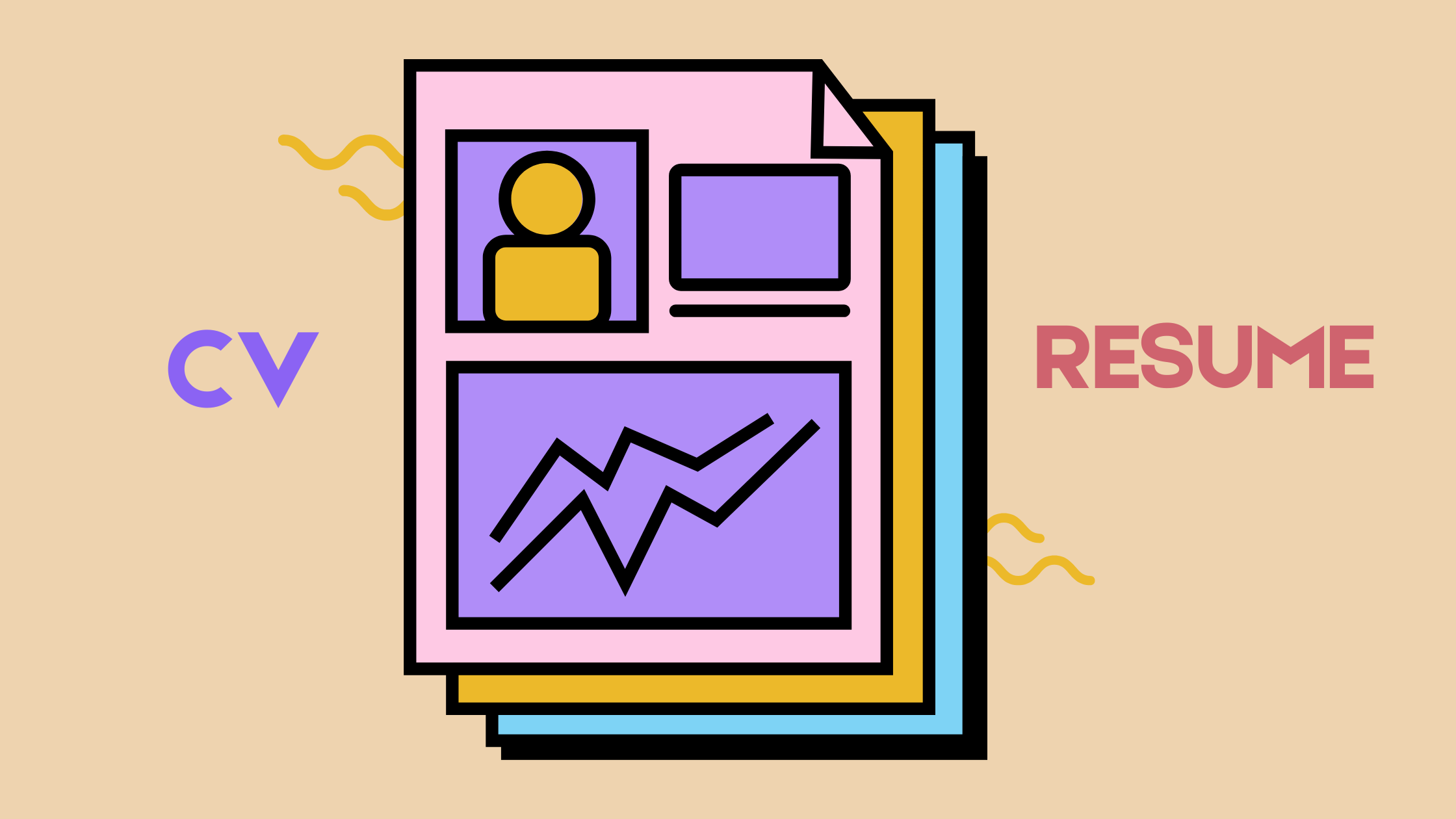Mastering Your Resume References: A Modern Guide for Job Seekers

Wondering how to handle references on your resume? Discover why the old rules no longer apply and learn the professional, modern way to prepare and present your references to land the job.
The Big Question: Should You Put References Directly on Your Resume?
Let's get straight to the point: No, you should not list your references on your resume.
For years, this might have been common practice, but today, it’s a rookie mistake. Here’s why it works against you:
- It Wastes Valuable Space: Your resume is prime real estate. Every line should be dedicated to selling your skills and accomplishments. A list of names and numbers at the bottom takes up space that could be used for a project you're proud of or a key achievement.
- It’s a Privacy Risk: Your references are trusting you with their personal contact information (like their direct phone number and email). Broadcasting it on a resume that you might upload to public job boards is a major breach of their privacy.
- It’s Presumptuous: You haven't even landed an interview yet! Sending references this early is like showing up to a first date with wedding plans. The hiring manager isn't ready for them, and they don’t need them at this stage.
What About "References Available Upon Request"?
This phrase is the definition of clutter. It’s a given. A hiring manager assumes you have references you can provide if they ask. Including this line is like adding "Available for interviews" or "Willing to accept a salary." It's an outdated filler that does nothing to strengthen your application. Ditch it and reclaim that valuable line on your resume.
The Professional Approach: Create a Separate Reference Sheet
So, what's the modern, savvy approach? Prepare a dedicated, separate reference sheet.
This document is not part of your resume. It’s a standalone file that you have ready to go the moment a recruiter or hiring manager asks for it—usually after a successful interview.
This strategy shows that you are:
- Prepared: You have your information organized and ready.
- Respectful: You protect your contacts' private information.
- Professional: You understand modern hiring etiquette.
How to Build Your Perfect Reference Sheet
Creating your reference sheet is simple. It should match the heading and formatting of your resume (same font, name, and contact info) to create a cohesive, professional package.
For each reference, include the following:
- Full Name
- Job Title
- Company
- Relationship to You (e.g., "Former Manager," "Senior Colleague," "Project Lead")
- Email Address
- Phone Number
Example of a Reference Entry:
Jane Doe
Senior Marketing Director
Acme Corporation
Relationship: Former Direct Manager
E: jane.doe@email.com
P: (555) 123-4567
Choosing and Asking Your References
Who you choose is just as important as how you present them.
- Who to Ask: Aim for 3-5 professional contacts. The best references are former managers, supervisors, team leads, or senior colleagues who can speak directly to your work ethic, skills, and accomplishments.
- How to Ask: Never list someone as a reference without their explicit permission! Reach out to your potential reference before you start your job search. Send them a polite email, give them a call, and:
- Ask if they would be comfortable serving as a positive reference for you.
- Briefly describe the types of roles you are targeting.
- Provide them with an updated copy of your resume.
- Once they agree, thank them and let them know you’ll only share their info when requested by an employer.
The Final Step: When to Share Your List
Timing is everything. Only provide your reference sheet when it is specifically requested. This typically happens late in the hiring process, often after your first or second interview, as one of the final steps before an offer is made.
Have it ready as a polished PDF file that you can email immediately. This quick turnaround shows you're organized and eager.
By separating your references from your resume, you present a clean, modern, and strategic application. It's the final, professional touch that complements a polished resume from a AI resume builder like resumost.com and shows hiring managers that you know how to navigate the job search process like a pro.
© 2025 Resumost.
We love that you're reading our work! Please note that this content is our own. If you'd like to share or re-post it, please reach out to us for permission first. Unauthorized scraping of this site is not permitted.


